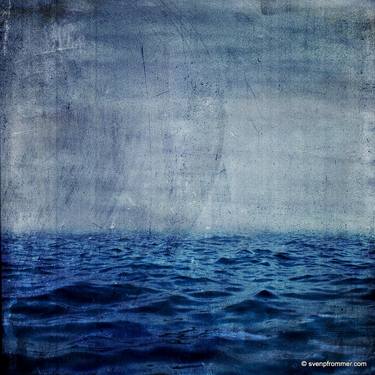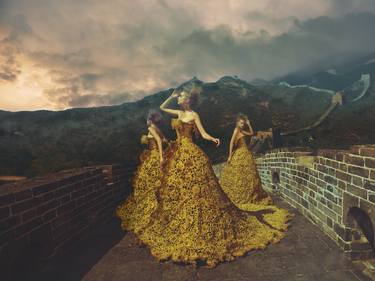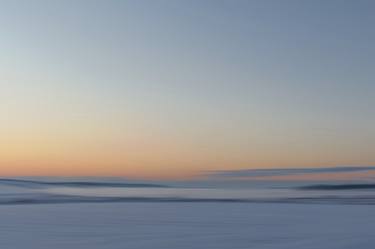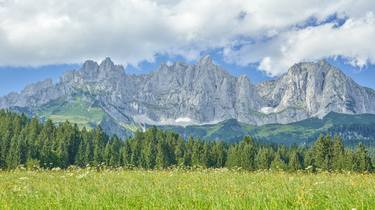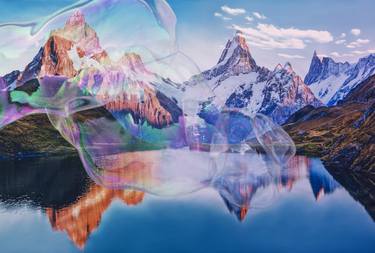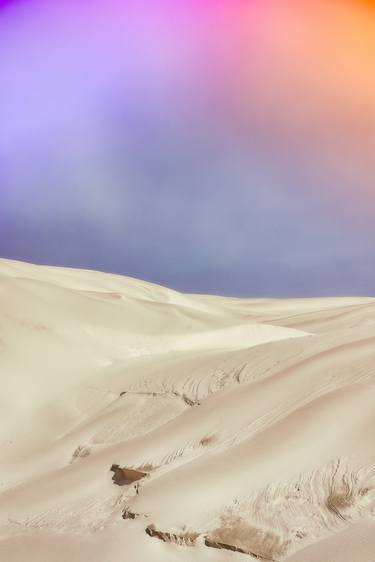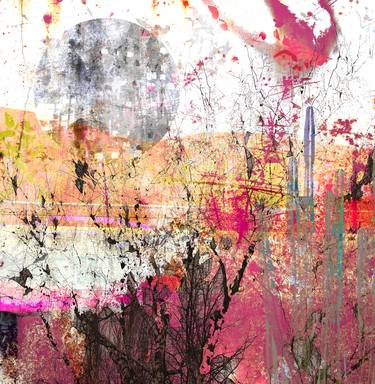- All Artworks
- Photography
- Landscape
Landscape Photography For Sale
Browse art and see similar matches
Try Visual Search
Category
Filter (1)
Filter
Category
Style
Subject
Medium
Material
Price
Size
Orientation
Color
Artist Country
Featured Artist
Photography, 30 W x 30 H x 1 D in
United States
$1,570
Point Reyes - Limited Edition of 25
Photography, 57 W x 38 H x 0.1 D in
United States
$8,840
Photography, 28 W x 40 H x 0.1 D in
United Kingdom
$1,260
Photography, 39.4 W x 39.4 H x 2 D in
Germany
$2,210
Photography, 39.4 W x 39.4 H x 2 D in
Germany
$1,920
Photography, 55.1 W x 27.6 H x 2 D in
Germany
$1,910
Dolomites 4 - Limited Edition #2 of 15
Photography, 23.6 W x 23.6 H x 0.1 D in
Croatia
$1,310
Prints from $65
United States
$825
Soapbubble Studies// Lake Neusiedl
Photography, 47.2 W x 35.4 H x 0.1 D in
Austria
$1,920
Photography, 80 W x 53.3 H x 0.1 D in
United Kingdom
$6,213
Prints from $80
A2, limited edition 2 of 6 - Limited Edition of 6
Photography, 43.3 W x 43.3 H x 2 D in
Spain
$3,490
Guildford Park Surrey England #10
Photography, 88.6 W x 59 H x 0.1 D in
United Kingdom
$12,979
Prints from $100
FIRE & ICE (LARGE) Limited Edition of 10
Photography, 47.6 W x 35.8 H x 0.1 D in
United Kingdom
$6,890
Pacific Blue - Limited Edition of 25
Photography, 36 W x 24 H x 0.1 D in
United States
$3,245
Photography, 19.7 W x 19.7 H x 0.4 D in
Israel
$660
Prints from $93
Photography, 24 W x 16 H x 0.1 D in
United Kingdom
$690
Prints from $100
Photography, 27.6 W x 19.7 H x 0.4 D in
Sweden
$990
Prints from $79
Soapbubble Studies // Etna Norte ,Italy
Photography, 39.4 W x 27.6 H x 0.1 D in
Austria
$1,650
LEAN MY HEART, Blue Ridge Mountains
Photography, 40 W x 30 H x 1 D in
United States
$1,780
Girl with broken arm dances on Beach (Venice Beach) - Limited Edition 4 of 5
Photography, 23.2 W x 17.3 H x 0.1 D in
United States
$950
Photography, 23.7 W x 27.6 H x 0.1 D in
Spain
$800
Blue Sky Palm Trees (Sidewinder)
Photography, 30.7 W x 30.3 H x 0.1 D in
United States
$2,370
Photography, 53.1 W x 35.4 H x 0.1 D in
Denmark
$1,125
Prints from $55
WILDER KAISER - Limited Edition of 10
Photography, 71 W x 40 H x 0.1 D in
United States
$11,090
Soapbubble Studies// Mountains Lockdown Edition - Limited Edition of 15
Photography, 27.6 W x 19.7 H x 0.1 D in
Austria
$1,190
Photography, 30 W x 20 H x 0.1 D in
United States
$4,910
Prints from $40
Photography, 39.4 W x 15.7 H x 0.4 D in
Sweden
$1,070
Prints from $79
Photography, 40 W x 60 H x 0.1 D in
United States
$3,589
Photography, 23.6 W x 23.6 H x 0.1 D in
United States
$1,570
Photography, 23.6 W x 23.6 H x 0.1 D in
United States
$1,570
Photography, 20 W x 20 H x 0.1 D in
United Kingdom
$490
Prints from $97
Confettical landscape # 23b- Edition of 8
Photography, 43.3 W x 27.6 H x 0.4 D in
Israel
$1,940
Prints from $96
tree of life - Limited Edition 3 of 30
Photography, 15.7 W x 15.7 H x 0.1 D in
Spain
$750
Photography, 88.6 W x 59 H x 0.1 D in
United Kingdom
$12,979
Prints from $100
California - Limited Edition of 90
Photography, 20 W x 20 H x 0.1 D in
United Kingdom
$480
Photography, 39.4 W x 14.6 H x 0.4 D in
Sweden
$1,070
Prints from $80
Photography, 60 W x 40 H x 0.1 D in
United States
$1,985
Photography, 20 W x 20 H x 0.1 D in
United States
$370
The Valley - this used to be my Valley - (Wastelands) - Limited Edition of 5
Photography, 22 W x 22 H x 0.1 D in
United States
$2,500
Lonely us - Limited Edition of 20
Photography, 27.7 W x 23.7 H x 0.1 D in
Spain
$780
Photography, 32 W x 34 H x 0.1 D in
United States
$880
European Snow II - Limited Edition 3 of 25
Photography, 23.2 W x 35.4 H x 0.1 D in
Spain
$1,150
Desert Dreams - Limited Edition of 8
Photography, 36 W x 36 H x 0.1 D in
United Kingdom
$1,060
Photography, 33 W x 29 H x 0.1 D in
India
$710
Prints from $650
Photography, 48 W x 32 H x 0.1 D in
United States
$3,680
Overpass (Vegas) - Limited Edition of 10
Photography, 23 W x 17 H x 0.3 D in
United States
$2,610
Photography, 60 W x 40 H x 0.1 D in
United States
$1,785
Dark Love - Limited Edition of 100
Photography, 18 W x 18 H x 0.1 D in
United Kingdom
$480
Photography, 31.5 W x 47.2 H x 0.1 D in
United Kingdom
$1,340
Forest Path Pinhole - Limited Edition 2/12
Photography, 23.6 W x 35.4 H x 0.1 D in
United Kingdom
$920
